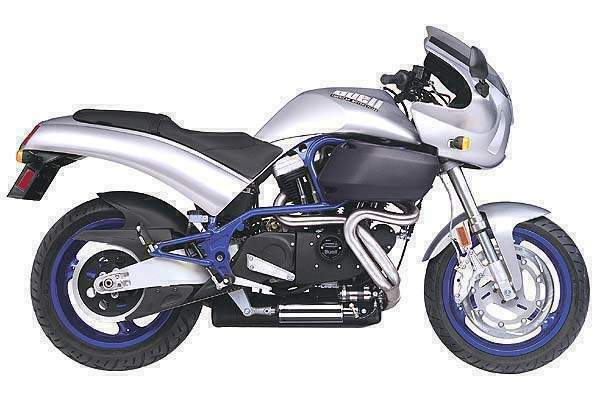VFR800 VTEC (2005 - 2013) review
IT’S TAKEN A while to get round to it but Honda has finally come up with a solution to the issues affecting the VFR800’s variable valve VTEC.
The problem was a momentary ‘hiccup’ at the point of transition from two- to four-valve operation. Often not an issue, the hiccup was nevertheless irritating to owners and proved an obstacle to smooth riding under certain conditions.

IT’S TAKEN A while to get round to it but Honda has finally come up with a solution to the issues affecting the VFR800’s variable valve VTEC.
The problem was a momentary ‘hiccup’ at the point of transition from two- to four-valve operation. Often not an issue, the hiccup was nevertheless irritating to owners and proved an obstacle to smooth riding under certain conditions.
The issue has taken time to resolve, but the solution is clever. Previously the VTEC equipped VFR ran on two valves per cylinder below 6800rpm, and four above. Now the motor switches to four valves at 6600rpm and back to two at 6100. Mechanically the system is identical to old (an oil pressure actuated pin moves into a chamber above the valve stem to engage the valve, and moves out to disengage), but the really clever stuff is electronic. The ECU now measures a range of parameters, including throttle and gear position, and alters ignition timing and fueling to change the character of the motor at the transition from two valves to four depending on how the bike is ridden.
“The system tries to give the rider the feeling they want depending on how they are riding,” explains Honda UK’s Dave Hancock. “Crack the throttle open in a low gear and the VTEC comes in differently than if you rolled it on gradually in a higher gear. In that respect it’s now more similar to our car VTEC systems.”
And it works – so well that in high gears it’s virtually impossible to tell when the motor is switching from two valves to four. But accelerate hard in first or second and the motor delivers a more exciting switch.
But the VTEC VFR was launched in 2002, so why has it taken until now to address the issue? “It’s taken a while to implement the changes but we have to do it in conjunction with planned model development,” explains Hancock. “It often happens that way. If we detect a problem the resolution has to be fed into the development programme.”
Revised VTEC system aside, other changes to the VFR for 2006 are cosmetic. The VFR costs £8499 and is available now.
IT’S TAKEN A while to get round to it but Honda has finally come up with a solution to the issues affecting the VFR800’s variable valve VTEC.
The problem was a momentary ‘hiccup’ at the point of transition from two- to four-valve operation. Often not an issue, the hiccup was nevertheless irritating to owners and proved an obstacle to smooth riding under certain conditions.
The issue has taken time to resolve, but the solution is clever. Previously the VTEC equipped VFR ran on two valves per cylinder below 6800rpm, and four above. Now the motor switches to four valves at 6600rpm and back to two at 6100. Mechanically the system is identical to old (an oil pressure actuated pin moves into a chamber above the valve stem to engage the valve, and moves out to disengage), but the really clever stuff is electronic. The ECU now measures a range of parameters, including throttle and gear position, and alters ignition timing and fueling to change the character of the motor at the transition from two valves to four depending on how the bike is ridden.
“The system tries to give the rider the feeling they want depending on how they are riding,” explains Honda UK’s Dave Hancock. “Crack the throttle open in a low gear and the VTEC comes in differently than if you rolled it on gradually in a higher gear. In that respect it’s now more similar to our car VTEC systems.”
And it works – so well that in high gears it’s virtually impossible to tell when the motor is switching from two valves to four. But accelerate hard in first or second and the motor delivers a more exciting switch.
But the VTEC VFR was launched in 2002, so why has it taken until now to address the issue? “It’s taken a while to implement the changes but we have to do it in conjunction with planned model development,” explains Hancock. “It often happens that way. If we detect a problem the resolution has to be fed into the development programme.”
Revised VTEC system aside, other changes to the VFR for 2006 are cosmetic. The VFR costs £8499 and is available now.

